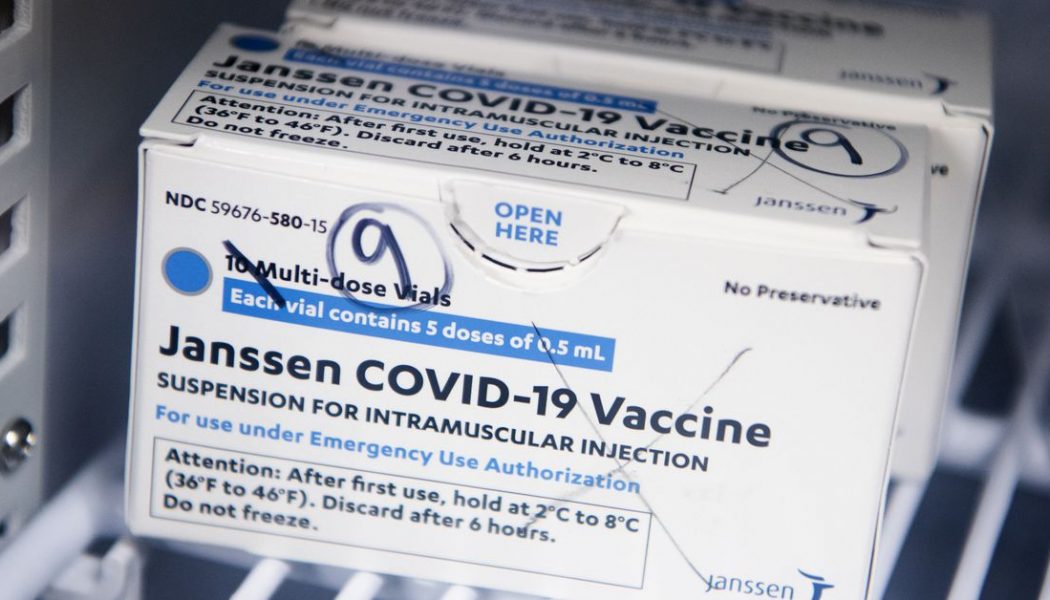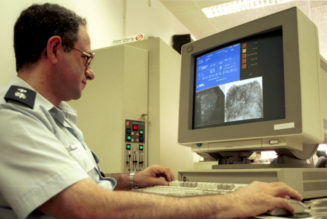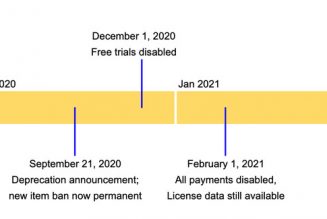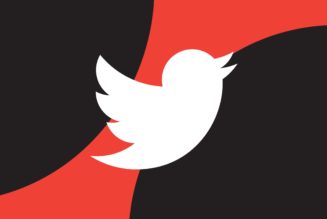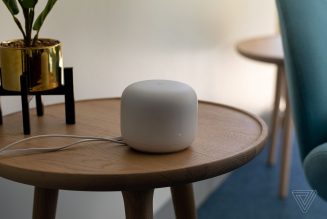
Use of the Johnson & Johnson COVID-19 vaccine remains paused in the United States as officials gather more information about the rare clots reported in six people who got the shot. An independent advisory committee to the Centers for Disease Control and Prevention said it didn’t have enough information yet to say which groups might be at risk of the clots or to recommend who should get this vaccine.
“I don’t think we have enough information today,” said Grace Lee, associate chief medical officer for practice innovation at Lucile Packard Children’s Hospital in California, during the committee’s meeting on Wednesday. The group will reconvene as rapidly as possible — likely next week — after gathering more data and evaluating that information.
The Food and Drug Administration (FDA) and Centers for Disease Control and Prevention (CDC) recommended Tuesday morning that the US pause use of the Johnson & Johnson vaccine in light of six reports of unusual blood clots in people who got the shot. Although there is no proven relationship between the clots and the vaccine, and the events are probably rare, the agencies wanted time to investigate the reports and give doctors information on how to treat the condition. The agencies said Tuesday that they hoped to resolve the pause as quickly as possible.
Underserved communities in the US are most affected by a Johnson & Johnson pause. The easy-to-store, one-shot vaccine was being used for homebound seniors, at pop-up clinics in rural areas, and for people experiencing homelessness. The effect of this pause on those groups was a serious topic of conversation during the meeting today. “This one and done vaccine that didn’t require the cold chain is a significant loss,” said Camille Kotton, the clinical director of transplant and immunocompromised host infectious diseases at Massachusetts General Hospital. That group, though, might have the most challenges getting treatment for a clot if they do develop one, noted Helen Talbot, an associate professor of medicine at Vanderbilt University.
The CDC received the six reports between March 19th and April 12th through the Vaccine Adverse Event Reporting System (VAERS). Unusually, all six patients had cerebral venous sinus thrombosis (a type of blood clot in the brain) in combination with low levels of platelets, a type of blood cell involved in clotting.
The CDC was keeping a special eye out for reports of these clots because of the issues seen with the AstraZeneca vaccine in Europe and the United Kingdom, Tom Shimabukuro, a member of the CDC’s COVID-19 Vaccine Task Force, said during the committee meeting. “This is a really good example of how robust the US vaccine safety monitoring system is and how in this case, during a large-scale national mass vaccination program, the system worked in various functions exactly as planned,” he said.
The COVID-19 working group at the CDC’s Advisory Committee on Immunization Practices (ACIP) met earlier this week to go over the reports. The six people who had clots were all young women. Even though they were rare, they occurred at a higher-than-expected rate in that group.
Sara Oliver, an epidemic intelligence service officer at the CDC, said during today’s meeting that the working group noted how much we still don’t know about these clots. It’s not clear how often the combination of both the clots and low platelets would normally appear in the general population, which makes it difficult to say how far above the norm these reports are. We also don’t have a good sense of the risk factors for developing this condition. There also could still be more reports — nearly 4 million people received doses in the past two weeks, and those people are still in a window where a clot may occur.
The group also noted that the Johnson & Johnson vaccine isn’t the only shot available in the US. Officials aren’t seeing the same problems in people who got the Pfizer / BioNTech or Moderna vaccines. Only around 5 percent of vaccines given in the US so far were the Johnson & Johnson shot.
“We are very fortunate because we have multiple other alternatives in the US to end the health pandemic,” Talbot said. “We’re in a different position and can be more cautious.”
